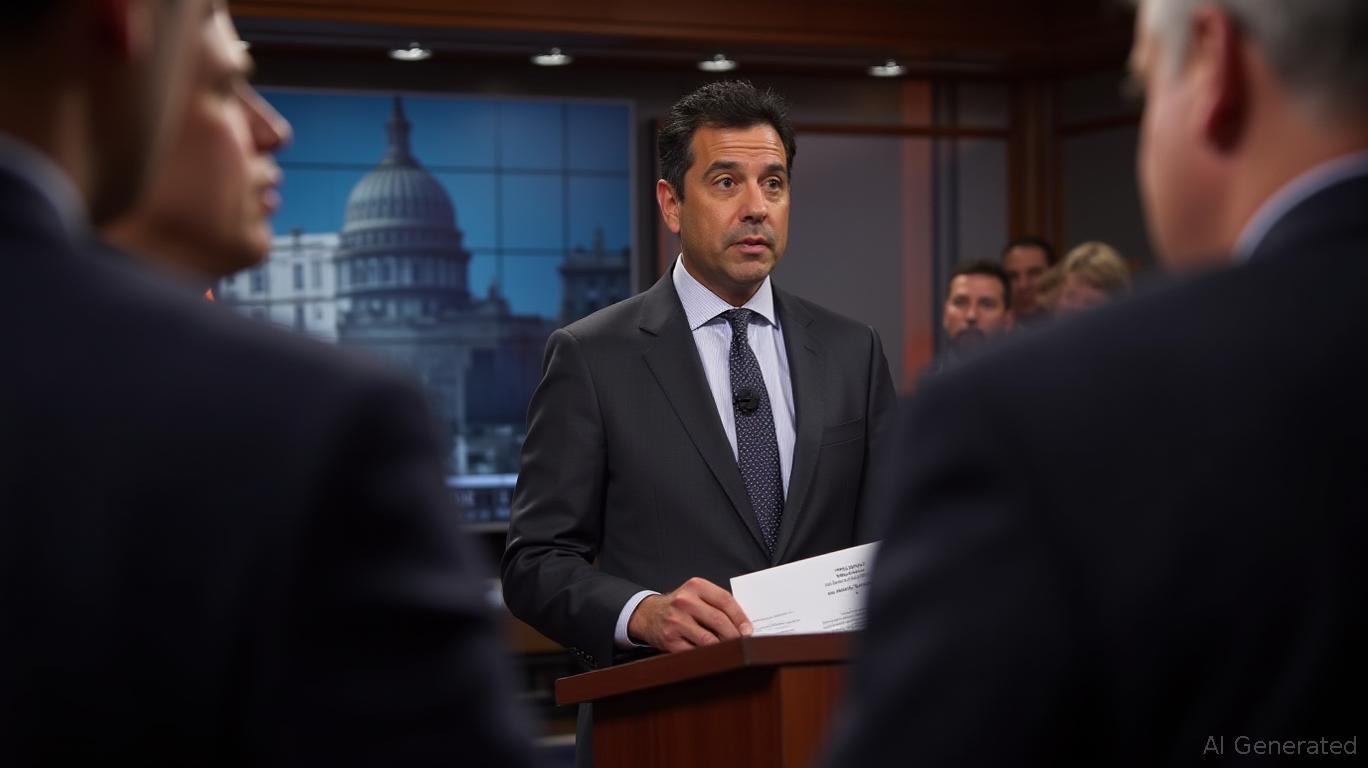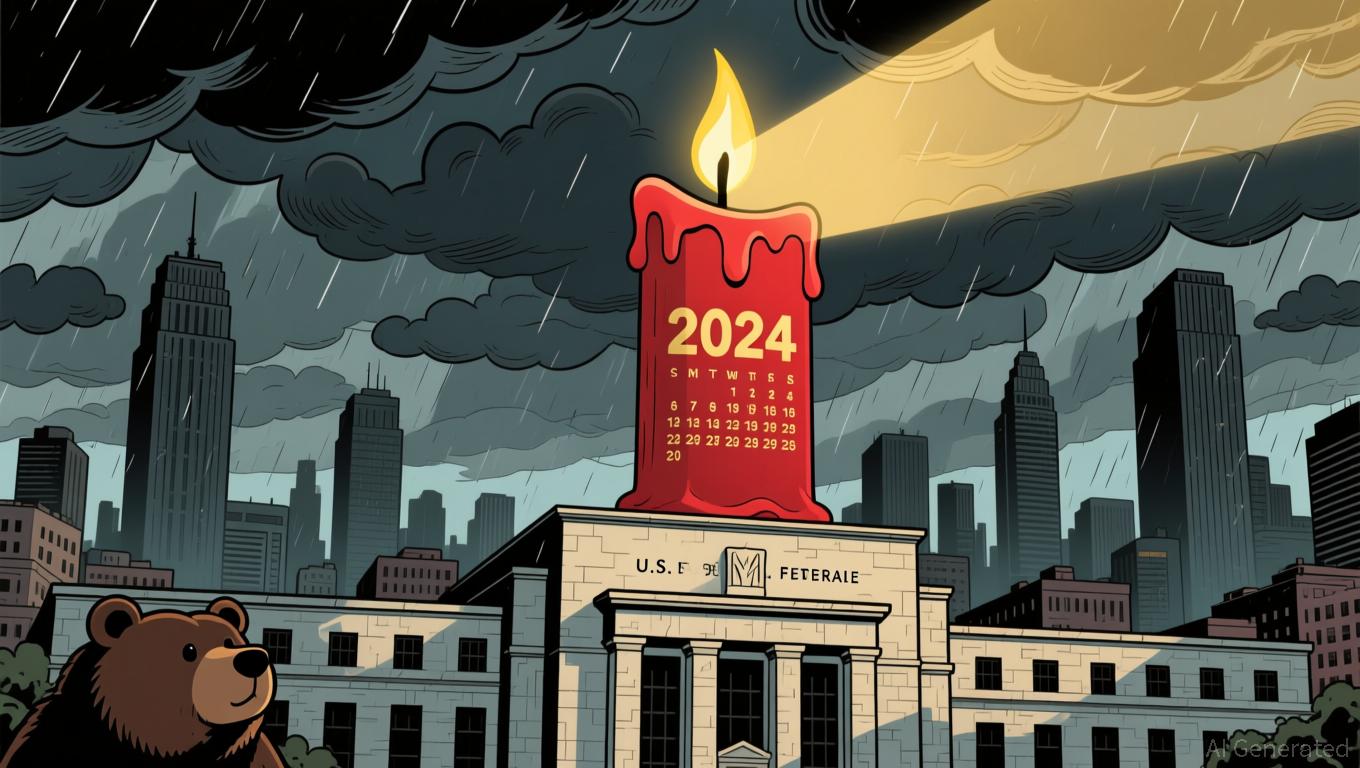FCC's Subtle Warnings Regarding Kimmel Suspension Spark Discussion on Freedom of Expression
- Sinclair Broadcast Group resumed airing Jimmy Kimmel Live! after a week-long blackout, following ABC's reinstatement of the show on September 23. - FCC Chairman Brendan Carr criticized Kimmel's remarks and hinted at regulatory action, sparking debates over "jawboning" and First Amendment protections against government censorship. - Sinclair and Nexstar, seeking FCC merger approvals, preempted the show citing "inflammatory content," while proposing an ombudsman model to enhance media accountability. - The

On September 26, Sinclair Broadcast Group revealed it would bring Jimmy Kimmel Live! back to its 38 ABC affiliate channels, ending a week-long removal of the program that followed Kimmel’s suspension for comments about conservative activist Charlie Kirk’s alleged killer and the MAGA movement title1 [ 1 ]. This move came after ABC lifted its own four-day suspension of the show on September 23. Both Sinclair and
This preemption ignited a wider discussion about media responsibility and regulatory intervention. Sinclair suggested to ABC that a "network-wide independent ombudsman" be appointed to improve transparency and allow for more community input, following a model similar to CBS’s recent hiring of a conservative policy expert as ombudsman title3 [ 3 ]. Although ABC and Disney declined these recommendations, Sinclair acknowledged the network’s autonomy under affiliate contracts. The company also pointed to responses from viewers and advertisers, as well as concerns about "serious violent incidents," including a shooting at an ABC station in Sacramento, as reasons for reconsidering its stance title4 [ 4 ].
Federal Communications Commission (FCC) Chairman Brendan Carr was a key figure in the dispute. Carr labeled Kimmel’s remarks as "news distortion" and suggested that broadcasters could face regulatory consequences if they failed to meet public interest standards. His comments on conservative podcasts, including an indirect warning to "do this the easy way or the hard way," were widely seen as an attempt to use the FCC’s power to influence ABC and its affiliates title5 [ 5 ]. Media lawyers and watchdog groups expressed concern that Carr’s actions might amount to unconstitutional "jawboning," or using regulatory threats to sway editorial choices. The First Amendment forbids government censorship, and the FCC’s legal authority specifically prohibits it from restricting speech title6 [ 6 ].
Nexstar, which also removed Kimmel’s show, has not yet provided a date for when it will return. Both Nexstar and Sinclair are currently seeking FCC approval for significant mergers that would increase their market presence. Nexstar’s planned $6.2 billion purchase of Tegna would extend its reach to 80% of American households, raising alarms about media concentration and a potential decline in viewpoint diversity title7 [ 7 ]. Sinclair is also pursuing acquisitions, arguing that easing ownership restrictions is necessary for larger deals.
The situation surrounding Kimmel’s show underscores the ongoing conflict between broadcasters’ editorial freedom and regulatory oversight. Sinclair and
Disclaimer: The content of this article solely reflects the author's opinion and does not represent the platform in any capacity. This article is not intended to serve as a reference for making investment decisions.
You may also like
Bitcoin Updates: Bitcoin Climbs Even as ETF Outflows Hit Record Highs and Hopes for Fed Rate Cuts Fade
- Bitcoin rebounds as markets price a 46% chance of a December Fed rate cut, down from 93.7% in October. - U.S. spot Bitcoin ETFs saw $523M in single-day outflows, with BlackRock's IBIT leading $2.1B in redemptions. - Technical indicators show a fourth "death cross" and declining liquidity amid unresolved macro risks. - Traders add $5.7M in short positions, reflecting broader caution as crypto faces regulatory and volatility challenges.

Ethereum News Update: With Major Ethereum Holders Pulling Back and Tron Showing Little Movement, LivLive and BlockchainFX Are Driving the Crypto Market's Revival
- LivLive’s presale surpassed $2.1M, driven by real-world engagement and AR missions, offering 100%-200% token bonuses to early investors. - BlockchainFX secured $11M in presale funding with an international trading license, using a deflationary model to boost long-term value. - Ethereum whales retreated, while Tron’s TVL dropped to $4.58B amid stagnation and regulatory scrutiny. - Crypto’s shift favors projects with utility and compliance, with LivLive and BlockchainFX leading the resurgence amid broader

Zcash Halving and Its Effects on the Crypto Market
- Zcash's November 2025 halving reduces block rewards by 50%, tightening supply and reinforcing its deflationary model akin to Bitcoin . - ZIP 1015's lockbox mechanism removes ~$337,000 daily liquidity, while ZEC's price surged 1,172% YTD amid privacy-driven demand and institutional adoption. - Institutional investments like Grayscale Zcash Trust and 5% supply acquisitions highlight growing acceptance as a strategic reserve asset. - Privacy-focused adoption (28% shielded transactions) and negative Bitcoin
Bitcoin Drops 1.11% as Multi-Chain Growth Accelerates and New Regulatory Measures Emerge
- Bitcoin .ℏ integrates Hashport for cross-chain transfers, boosting liquidity and DeFi accessibility across Ethereum , Polygon, and BNB Chain. - U.S. proposes "Bitcoin for America Act" to allow tax payments in BTC, eliminating capital gains tax and positioning crypto as strategic national asset. - BTC price drops 1.11% amid $3.79B ETF outflows, with technical indicators like death cross signaling extended bearish momentum. - Whale activity shows leveraged long positions at $84,400, contrasting short-term
